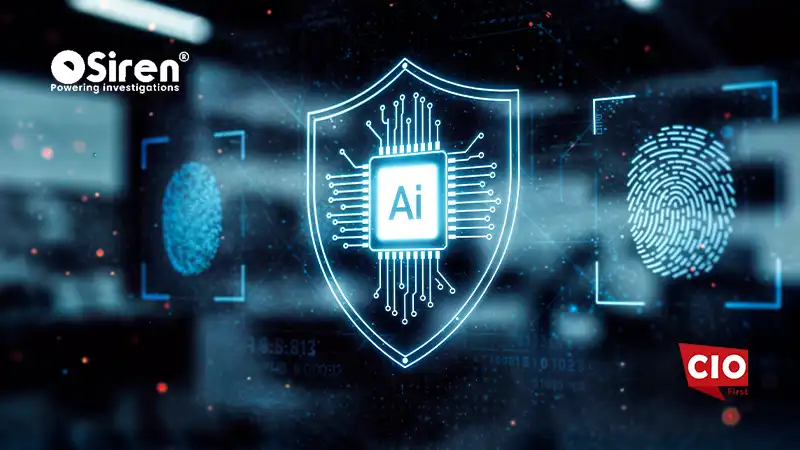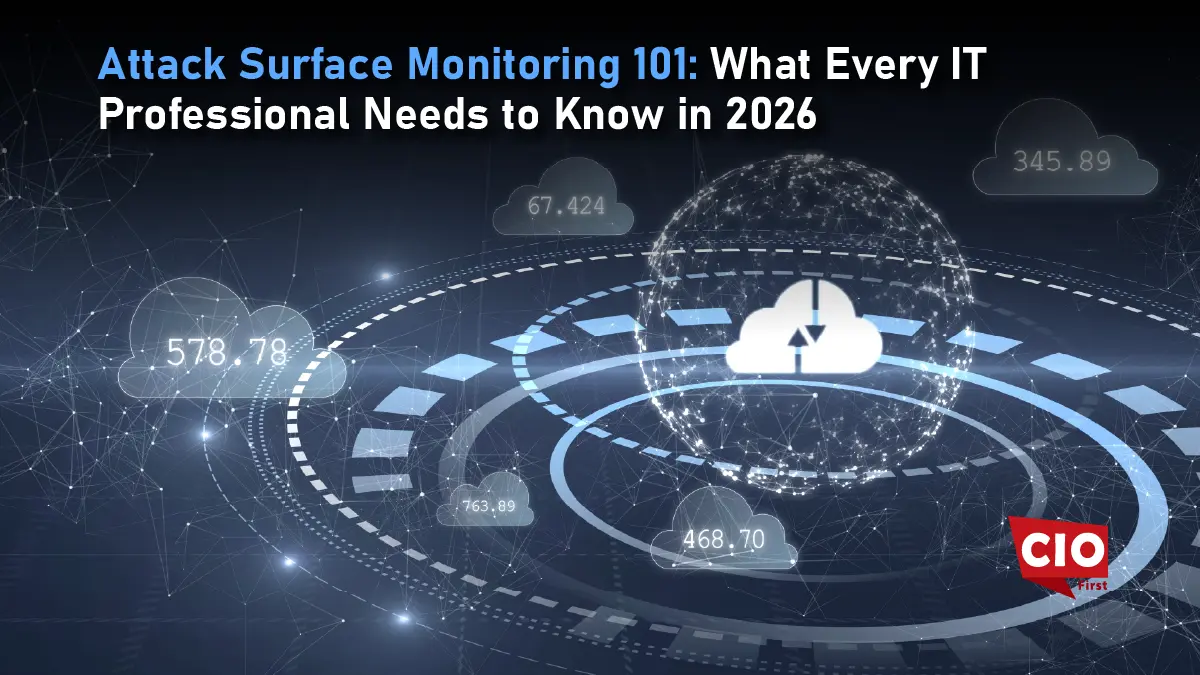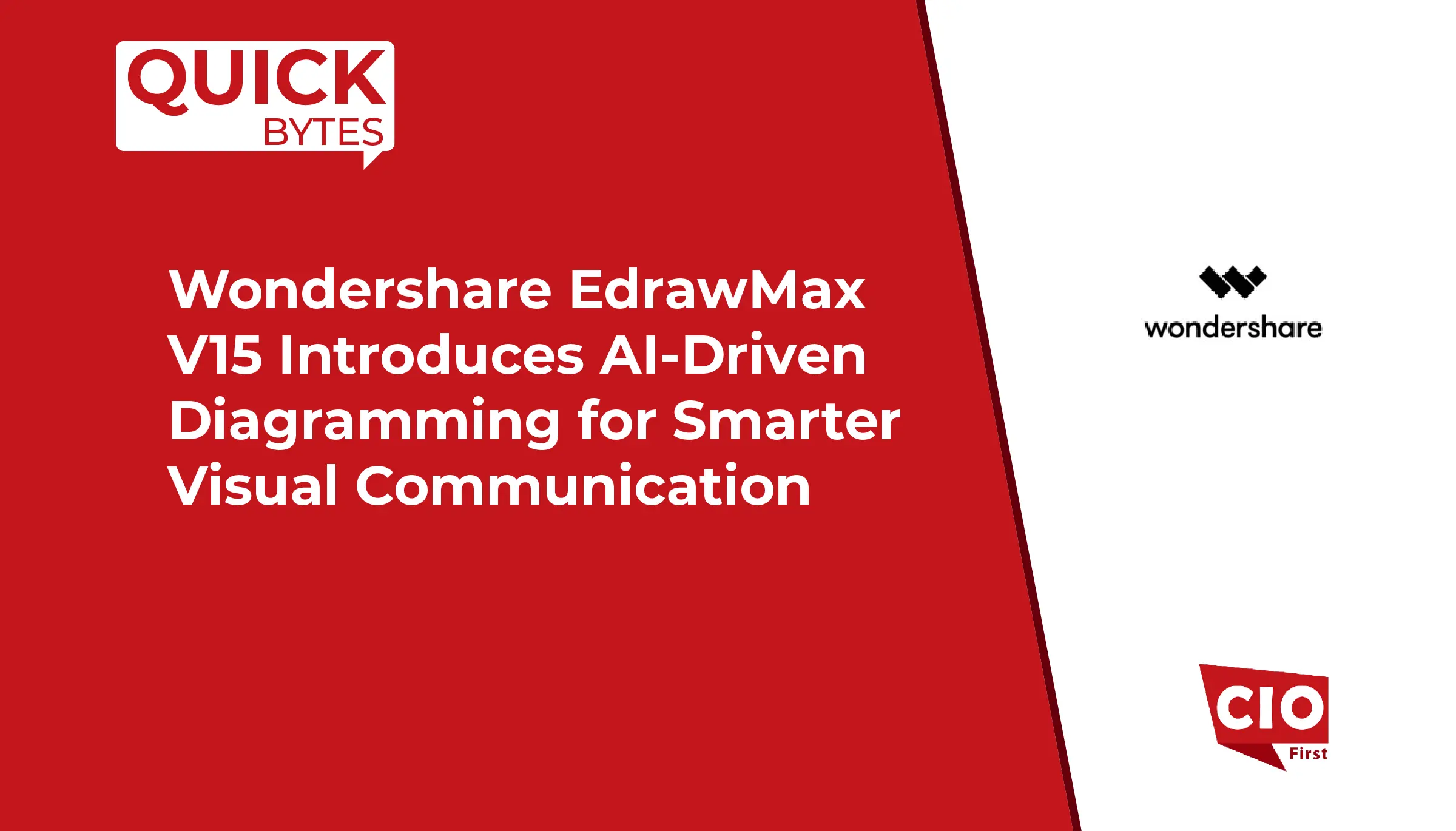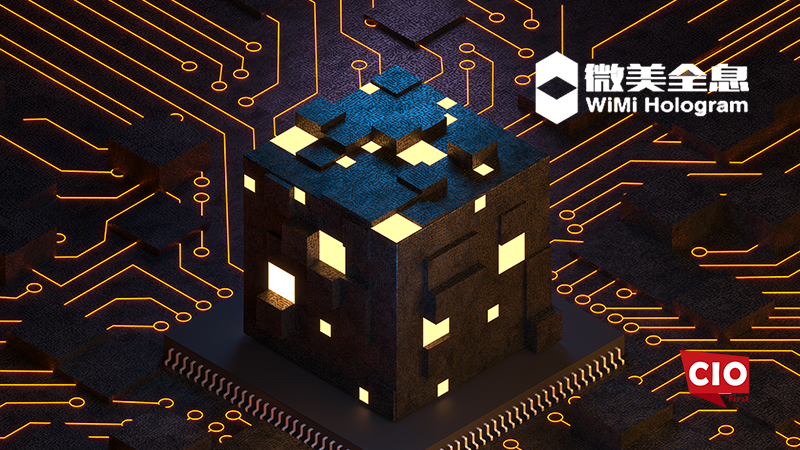WiMi Hologram Cloud Inc., a leading global Hologram Augmented Reality Technology provider, announced that it developed a layer-2 blockchain payment channel rebalancing model technology. By building an additional protocol layer on top of the main chain, the layer-2 network aims to increase transaction speed and reduce costs without sacrificing the security of the main chain. The payment channel technology, as an implementation of the layer-2 network, allows users to conduct transactions off-chain and interact with the main chain only at the beginning and end of a transaction, effectively reducing the number of on-chain transactions and providing a viable solution for high-frequency transactions.
WiMi believes that the efficient operation of a payment channel requires a mechanism to ensure the liquidity and continuity of transactions between the two parties to the channel, and this is where the rebalancing model comes in. The rebalancing model ensures that the payment channel can operate stably under various transaction scenarios by adjusting the allocation of funds between the two parties on a regular or on-demand basis. In addition, security is always a core consideration in payment system design. When designing a payment channel rebalancing model, advanced encryption technologies and security protocols must be employed to protect against potential security threats such as fraud, theft and cyber-attacks.
The secure payment channel rebalancing model for layer-2 blockchain is an innovative solution designed to improve the efficiency and security of transactions. First, the design of the two-layer network allows for a secondary layer to be built on top of the main chain, which is dedicated to processing many payment transactions. In this way, the primary chain avoids congestion caused by excessive transaction volumes, while maintaining its security and decentralized nature. The layer2 of the network manages the establishment, maintenance, and closure of payment channels through smart contracts to enable fast transaction processing. The establishment of a payment channel typically involves two counterparties who create a multi-signature wallet by depositing a certain amount of cryptocurrency on the main chain. This wallet acts as an intermediary between the two parties’ transactions, and all payment operations take place within this channel and not directly on the main chain. This approach reduces the dependence on the main chain, thereby reducing transaction costs and time.
The rebalancing mechanism is a core part of the payment channel, which ensures that liquidity and funding are balanced in the channel. The rebalancing mechanism is triggered when one party needs more liquidity to process a transaction. This process may involve the transfer of funds from one participant to another, or the introduction of new funds into the channel from outside. Rebalancing can be accomplished through automated smart contracts that automatically perform rebalancing operations when a funding imbalance is detected.
Security is another key point of the payment channel rebalancing model. To protect transactions from fraud and attacks, this model utilizes multi-signature technology, which means that any transaction requires the signatures of all participants in the channel to be valid. In addition, the code of the smart contract undergoes a rigorous security audit to ensure that no vulnerabilities can be exploited. In addition, the model may also integrate a dispute resolution mechanism to deal with possible off-chain fraud. In the event of a dispute between participants, such as one party claiming that an unrecorded payment has occurred, the dispute resolution mechanism can step in and utilize predetermined rules and evidence to resolve the dispute.
In addition, to improve the flexibility and scalability of the system, the secure payment channel rebalancing model for the layer-2 blockchain is designed with compatibility with other blockchain technologies in mind. This means that the model can not only run on a specific blockchain platform, but also operate across chains to provide support for a wider range of application scenarios.
WiMi’s secure payment channel rebalancing model of layer-2 blockchain realizes fast, safe, and automated payment processing by constructing a layer-2 network on top of the main chain and utilizing smart contracts, multi-signature technology, and dispute resolution mechanisms. This model not only improves transaction efficiency and reduces costs, but also ensures the stability of the payment channel and the liquidity of funds through the rebalancing mechanism and security design.
With the continuous progress of blockchain technology and the expansion of application scenarios, the secure payment channel rebalancing model of WiMi’s layer-2 blockchain will likely become an important development direction in financial technology. The model not only improves the efficiency and security of transactions through smart contracts and rebalancing mechanisms, but also provides a practical solution for high-frequency payment scenarios. In the future, with the further development of technology and the in-depth demand of the market, the model is expected to realize wider application and promote the digital transformation of the financial industry. However, the development of any technology is not without challenges. During the implementation of the secure payment channel rebalancing model of the layer-2 blockchain, it is necessary to face various challenges, including technical security, regulatory compliance, and user acceptance. Therefore, when developing and deploying this model, enterprises must consider these factors comprehensively to ensure the feasibility and sustainability of their solutions.
In conclusion, the future of WiMi‘s layer-2 blockchain’s secure payment channel rebalancing model is promising. As the global focus on financial inclusion and environmental sustainability increases, the model is expected to contribute to the realization of these social goals while providing efficient payment solutions. Through continuous technological innovation and optimization, the model is expected to become the mainstream method of financial transactions in the future, bringing users a more convenient, secure, and low-cost payment experience.
SOURCE: PRNewsWire

























